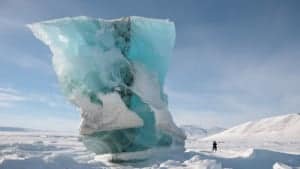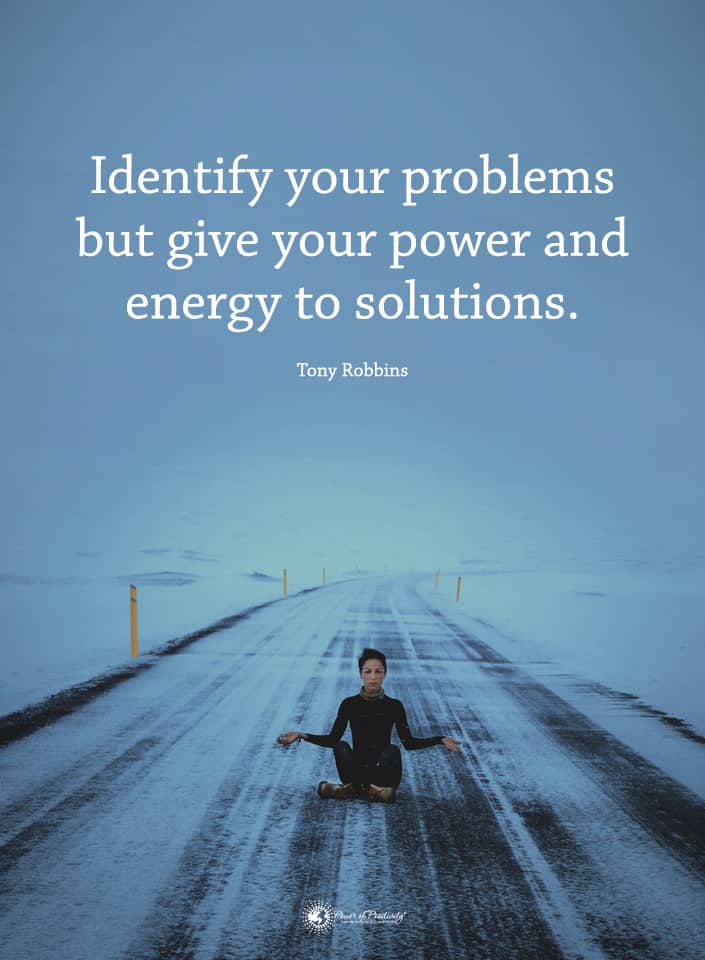Global warming and other negative impacts on the planet due to human civilization is becoming undeniable. However, we also don’t want to get rid of the comforts we enjoy every day. There are still plenty of things we can do on our own to help make the world a better place. When you need some inspiration for yourself or someone else, here are 20 inspirational quotes about respect for Mother Nature.
20 Quotes on Why We Owe Respect to Mother Nature
1. “You are totally at the mercy of nature in this country, mate. It’s just a fact of life.” ~ Bill Bryson
Nature is the highest law in every country. You will never be able to live above the laws of nature. That means we should learn those laws and abide by them. Many of these laws involve general respect for the living things around us, including animals, insects, and plants.
2. “Harmony is about bringing things into balance and knowing how to go from sunrise to sunset. Mother Nature teaches this to us, in so many ways, each and every day.” ~ Jaeda DeWalt
The planet should run like a well-oiled machine with perfect timing. It’s as though Mother Nature is there keeping everything aligned perfectly. This balance keeps the world running smoothly. It also acts as a good example for us. We should strive to create this level of order and balance in our own lives.
3. “The Earth has music for those who will listen.” ~ George Santayana
We must respect nature by listening to the things that she has to say. She doesn’t speak in any language we know, though. She speaks through the music of the wind and the sounds of birds. This music will not only hit our ears, but it will speak to us in our hearts and souls.
4. “Heaven is under our feet as well as above our heads.” ~ Henry David Thoreau
Most people think that heaven is up in the clouds. The truth is that heaven is right here on earth and the dirt we walk on. We need to respect nature for the beauty it offers us right here. It’s the closest to heaven we will ever get while on this planet.
5. “Autumn is the time of year when Mother Nature says, “Look how easy, how healthy, and how beautiful letting go can be.” ~ Toni Sorenson
For anyone suffering from grief, it’s time to take a look at nature. While it may be sad when the sunshine goes, and the winter arrives, nature keeps moving. It’s part of the natural cycle.
6. “I’d rather be in the mountains thinking of God than in church thinking of the mountains.” ~ John Muir
Nature can be more spiritual to certain people than a church. In nature, we see God’s work first hand, making us feel spiritually connected and full of respect for the beautiful creation. Many people find church artificial in comparison. If your spiritually comes from nature, embrace that fact.
7. “Sometimes, life becomes a painting all by itself.” ~ Anthony T. Hincks
Nature is the most beautiful artist of them all. If you are ever in the mood to take a look at a beautiful masterpiece, find a local waterfall or mountain to enjoy.
8. “Nature is not a place to visit. It is home.” ~ Gary Snyder
Many people think of nature as a place to escape to. However, when we go into nature, we are going home. We should also treat nature like we would treat our own home. It offers a feeling of safety, security, and well-being.
9. “The greatest joy in nature is the absence of man.” ~ Bliss Carman
Being intelligent beings, we were able to create industries. With industry comes pollution. We also grew in size and needed to create urban areas for people to live. This so-called progress, unfortunately, destroys beautiful parts of nature and reduces available shelter for animals.
10. “Every life matters. Be like Mother Nature and love everyone without judging.” ~ Debasish Mridha
Mother Nature does not care how much money you have or what color you are. Mother Nature shows equal respect for absolutely everything and everyone. We should follow suit.
11. “We do not see nature with our eyes, but with our understandings and our hearts.” ~ William Hazlett
Most people focus on the beauty of nature. However, Mother Nature touches us much more deeply. Nature isn’t about how it looks. Instead, nature is about how it makes us feel and how it touches us deep in our hearts. These emotions that nature evokes from us are the true benefit we get.
12. “Adopt the pace of nature: her secret is patience.” ~ Ralph Waldo Emerson
Things in nature happen slowly. Water may erode rock and form a valley, but it might take millions of years to complete. Just like we have to wait to see the beautiful valley that will eventually come, we should be patient with the other things in our life as well. Nature allows things to happen as they are meant to happen, and we should respect that.
13. “I am glad I will not be young in a future without wilderness.” ~ Also Leopold
There may be a time in the future where we don’t have the luxury of the wilderness we have today. As more people populate the earth and more pollution goes into the air, the planet becomes less beautiful. At a certain point, children may not be able to go to the park or the woods or the beach the same way we can today.
14. “If nature has taught us anything it is that the impossible is probable.” ~ Ilyas Kassam
The laws of nature are strict. However, that doesn’t mean that seemingly impossible thing don’t happen every single day. This shows us that even if things don’t seem to be possible, we should still try and see what we can do.
15. “Always respect Mother Nature. Especially when she weighs 400 pounds and is guarding her baby.” ~ James Rollins
One aspect of nature that will never change is how mothers will go to any lengths to protect their young. It’s important to respect this if you come into contact with a mom in the wilderness, especially a big one, like a bear. This mom will come at you if you get too close, so keep your distance.
16. “When you do something noble and beautiful and nobody noticed, do not be sad. For the sun every morning is a beautiful spectacle and yet most of the audience still sleeps.” ~ John Lennon
Nature does not look for acknowledgment for everything that she does. The sun continues to come up every day whether we are awake for the event or not. Nature is ruled by a different set of laws. She doesn’t seem to care whether we show her the respect she deserves or not.
17. “Mother nature changes her looks for the same reason any woman changes her looks—to be noticed.” ~ Richelle E. Goodrich
Sometimes, Mother Nature can raise hell in the form of thunderstorms, tornadoes, or hurricanes. When this happens, it’s a reminder to us of her strength. It’s also a reminder of her presence in our every day lives. Finally, it’s a reminder to show her respect.
18. “We kill all the caterpillars, then complain there are no butterflies.” ~ John Marsden
We have to love all parts of Mother Nature. But we can’t pick and choose what parts we like and what we don’t. Everything in Mother Nature is connected. If we take away one part we don’t like, it may affect the parts we do enjoy.
19. “I can not endure to waste anything so precious as autumnal sunshine by staying in the house.” ~ Nathaniel Hawthorne
We live in a time where most people stay inside all day. This is especially true if work involves being in an office staring at a computer screen all day. It’s important to make a choice to get outside. If you can’t change your career for something that allows you to get outdoors, it’s your job to make time for nature. Go outside during your lunch break or go camping on the weekend.
20. “No human, no matter how ancient, or how popular, can be above the laws of Nature.” ~ Abhijit Naskar
History repeatedly tells us stories of people who tried to overcome Mother Nature with no luck. When we try to do this, we are only reminded of how small we are in comparison. Mother Nature is the highest law in the land, and we will never be able to control her.
Final Thoughts: Why We Owe Respect to Mother Nature
Mother Nature gives us a lot. That’s why we need to give back, too. The best way to give back is to show the planet respect. We can do this by doing our part to reduce our carbon footprint. These quotes are there to help remind us how we should treat the world we live in.
























